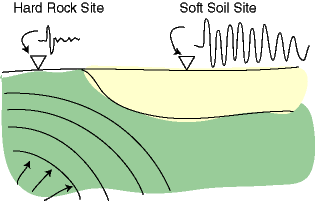 | ||||
| Fern Hill Walking Tours |
Curbed SF's post today about locations of former cemeteries, and other cool posts tagged Cool Map Thing, highlight the usefulness and beauty of maps. When you are searching for your next home, maps can really be your friend, especially historical and topographical maps, which can give you a sense of the environmental and human history of a home site. We often think of the environment as somewhere out there in a national
park, but every home site is located within topography and history,
space and time. Some history is fun to learn about, some not so much,
but better to learn before closing escrow.
 |
| Kroll Antique Maps |
If you are the curious sort, who likes to muck about with research, and you are in the early stages of your home search, here are some tips from the environmental research field. Libraries in Marin and San Francisco have wonderful collections of old maps, photo's and other archives. The San Francisco Planning Department also has a terrific collection of maps of all sorts, and a quick google image search will pull you down endless fascinating rabbit holes.
 |
| Marin Library |
If you are busier, farther along and/or not a researching type, fear not, because sellers/listing agents pay a service to prepare a "real estate natural hazard
disclosure" which is included in the disclosure (or buyers) package. JCP and Disclosure Source are commonly used in San Francisco and Marin. These services comb the various maps available, such as the liquefaction hazard map, the FEMA flood map etc, and compile the data specific to the property into the report. Do take the time to read these reports, better to understand the location you are committing to sooner then later.



